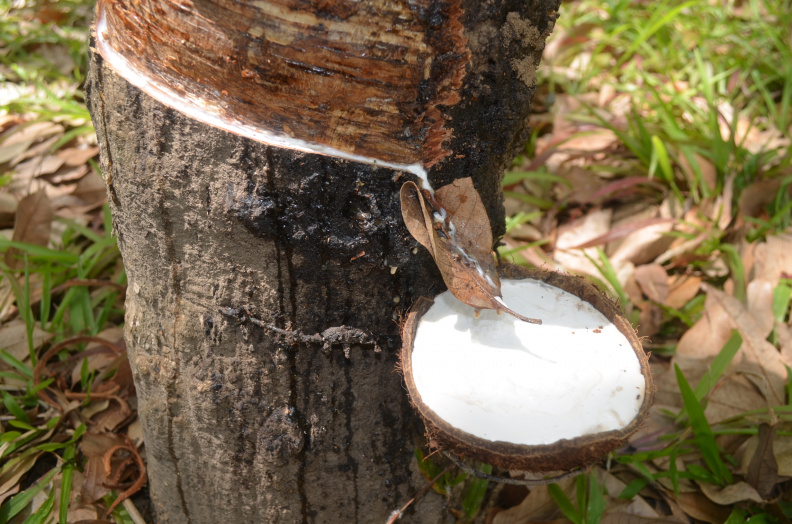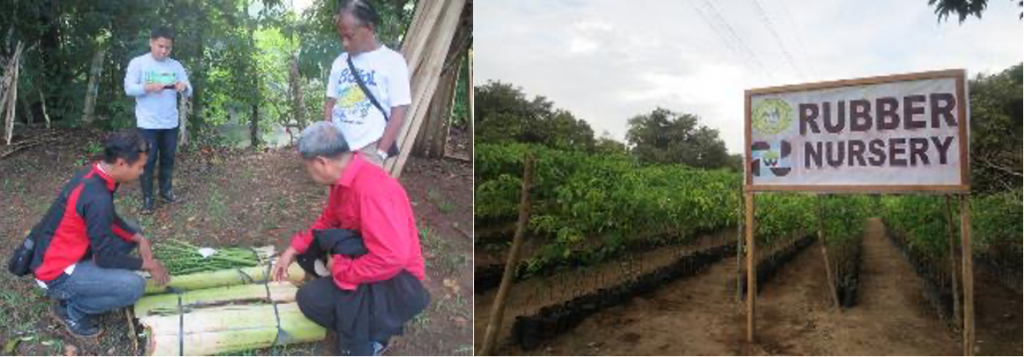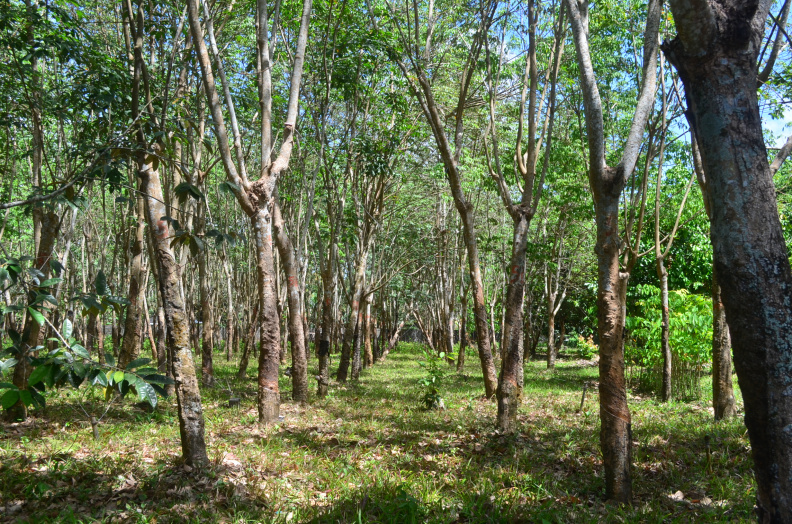Capability Building on Tapping and Use of Appropriate Coagulant for Improved Rubber Latex Yield
The intent of this project is to help improve the yield and quality of Philippine rubber latex and address the concern raised on incorrect tapping practices through the training of at least 5.7% (570) of the identified requirement of 10,000 additional competent local tappers on proper rubber tapping. Of the 570 target beneficiaries, about 12% …







